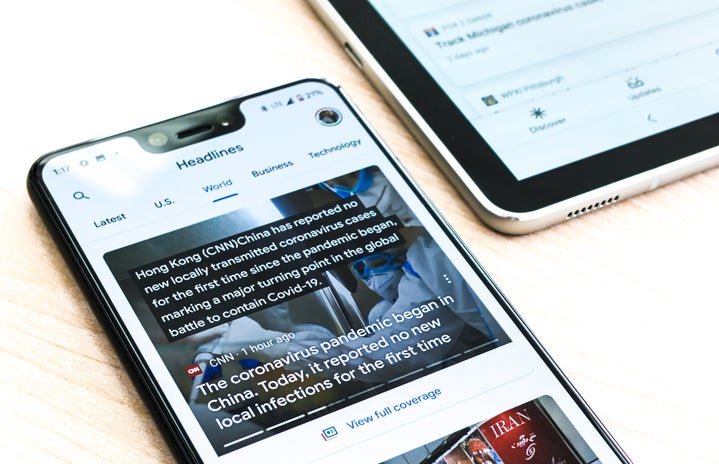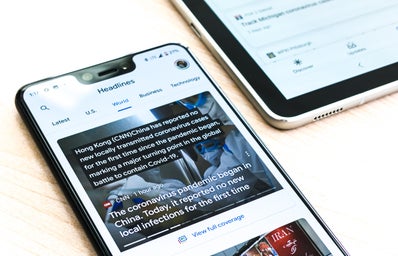This week, the President and First Lady stopped in Saudi Arabia to pay their respects as Saudis mourned the loss of King Abdullah.
The U.S.’s relationship with the predominantly Muslim country has invited significant criticism, especially considering that Saudi Arabia has one of the worst human rights records; just a day before Obama’s arrival, the country hosted a public beheading.
The President defended the “complicated relationship,” highlighting the benefit Saudi Arabia provides U.S. as a strategic ally. As The Economist described in May last year, the countries’ “close alliance dates to the end of the second world war, when an ailing Franklin Roosevelt met Saudi Arabia’s founding king, Abdul Aziz, aboard the cruiser Quincy in the Suez Canal. Then, and for decades after, the equation was simple: America would provide security, the Saudis oil.”
But the latest controversy has little to do with the relationship between the two countries.
Instead, this “scandal” involves First Lady Michelle Obama, who did not veil her hair when meeting with public Saudi Arabian government officials. While many of the representatives shook the Commander-in-Chief’s hand, only the country’s new president did more than acknowledge Michelle with a short nod.
According to The Washington Post, Twitter went up in storm following the funeral, and “more than 1,500 tweets using the hashtag #ميشيل_أوباما_سفور (roughly, #Michelle_Obama_unveiled) were sent Tuesday, many of which criticized the first lady.”
The event represents an important balance between religious tolerance and Western feminism. Many have argued Michelle’s choice to not cover her hair insults Muslim tradition, while others have called her decision a symbol of women’s rights.
Michelle has covered her hair during other visits in the past, such as on a recent trip to Indonesia. But Saudi law only asks foreigners to wear loose-fitting clothing; it does not mandate that women who visit wear veils.
So which is it? Is her lack of veil causing a bigger stir than it’s worth? Or is this a significant symbol that we should be talking more about?

